Assembled here are key sources that have shaped the modern Middle East, Zionism and Israel. We have included items that give texture, perspective and opinion to historical context. Many of these sources are mentioned in the Era summaries and contain explanatory introductions.
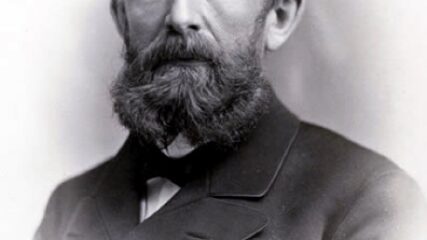
Major motivations for some Jews to choose Zionism included their failure to gain civic equality with their non-Jewish neighbors, and increasing outbreaks of rampant anti-Semitism. This account of the miserable economic situation of Jews in eastern Europe was another impetus for Jews to change their economic, political, and social condition through immigration.
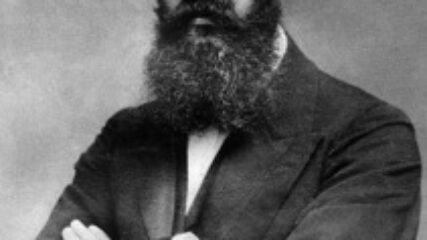
Eventual head of the World Zionist Organization, Theodor Herzl says anti-Semitism requires a Jewish state.
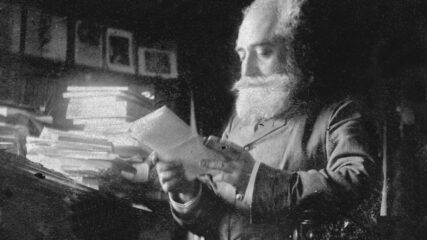
Nordau’s impassioned speech summarized the unique Jewish identity to belief, Torah, ritual and community. With those central elements as a people, their state of impoverishment and wretched physical insecurity, he argued, were vital for rebuilding the Jewish national territory.

Three European journalists provide their first hand accounts of the First Zionist Congress and reporting of the delegates attending.

Chaim Weizmann feverishly advocates for Great Britain to be Palestine’s post-WWI administrator, seeking inclusion of specific territories for its boundaries; six months before the Balfour Declaration is issued.
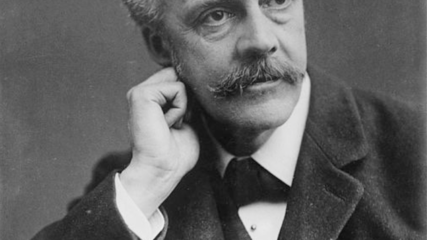
British Foreign Ministry promises to set up a Jewish National Home in Palestine with no harm to non-Jewish populations, or to Jews living elsewhere who might want to support a Jewish home.
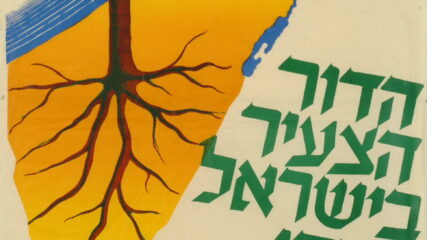
Updated August 8, 2025, with a new introduction The Jewish National Fund (JNF), or Keren Kayemet L’Yisrael (KKL), was founded in 1901 after the Fifth Zionist Congress. The goal of the fund was to raise…
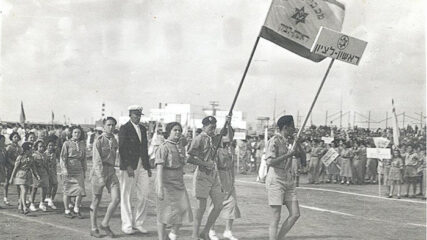
Zionists decide to hold the first international sports games in Tel Aviv bringing 400 Jewish athletes from 18 countries. The games open on March 28, 1932. Zionists value the games as a “possible awakening of youth in the Diaspora” to Zionism and the positive economic outcome for the Jewish community in Palestine.
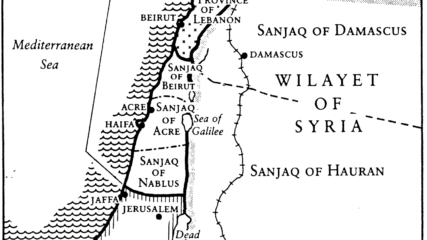
Speculation again abounds whether a two state solution might be a seriously considered outcome to Palestinian-Israeli differences. A long history of its mention but not its implementation persists. Advocacy by external voices persists, but no one seems ready to make the critical political trade-offs required.

With more Arab sale offers than funds for purchases, Zionist leaders decide on strategic priorities and designate areas around Haifa, Jerusalem-Jaffa road, and the Galilee near headwaters of the
Jordan River.

After the British suggested partition of Palestine into two states in July 1937, Weizmann, among Zionists, was least opposed to a Jewish state in less than all of western Palestine.

Zionist leaders—David Ben-Gurion, Chaim Weizmann and Eliezer Kaplan—learning of the British intent to limit severely the Jewish national home’s growth. Increasingly, they are also aware of the German government’s hostilities towards European Jewry.

In New York, urging American (Jewish) support, Ben-Gurion proclaims the eventual establishment of a Jewish state.
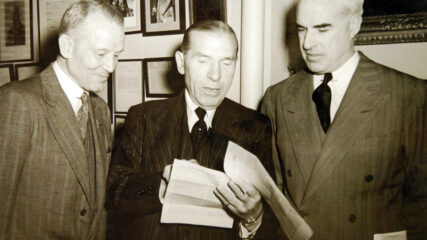
In four days of sharply presented testimony and debate, the House evaluated the pros and cons of whether to endorse Jewish immigration to Palestine. Pressure from the Executive Branch not to pass such a resolution was heeded. According to Chief of Staff George Marshall “such a resolution would have adverse effects on the Moslem world.” This was the same argument that the State Department used in trying but failing to persuade President Truman in 1947 not to vote in favor of Palestine’s partition into Arab and Jewish states. The debate in the Congress took place more than a year before World War II ended in Europe. Fear of Arab state retaliation against the US never materialized because the US endorsed Jewish immigration to Palestine and a two state solution.
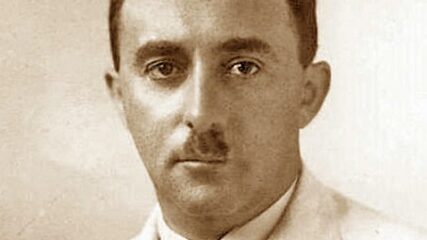
Moshe Sharett urges the British and Americans to open Palestine to unimpeded Jewish immigration from Europe.
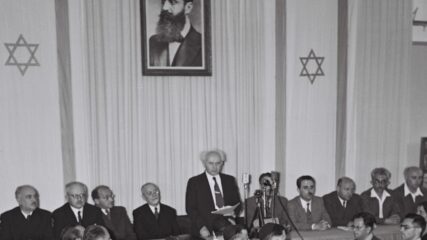
The Declaration recounts the Jewish connection to the Land of Israel, the birth of Zionism and U.N. recognition of a Jewish state’s legitimacy. It also promises that the state will be a democracy for all its citizens.

Read full article at the Israel State Archives.

Jews worldwide are given the right to come to Israel and become citizens.
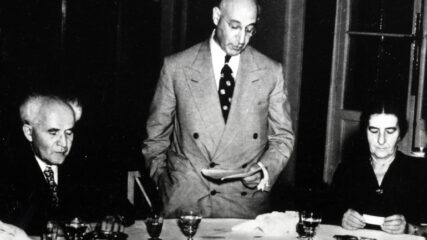
August 23, 1950 American Jewish Yearbook, Vol. 53. 1952. 64-8. Over time, world Jewish opinion became splintered not only about the nature of Zionism or the role of Israel in their identity, but the degree…

The Israel Year Book, 1950/51, Tel Aviv, Israel Publications Limited, 1951, pp. 23-34 (reprinted with permission). The Zionist movement, the unique instance in world history of a people without a land organizing itself for the…

This report submitted to the United Nations at the end of 1951 notes that “some one million Jews have become the victims of accelerated antiSemitism” since 1948 in the Muslim countries of the Arab League and North Africa, “communities which have existed for thousands of years.” The report analyzes the situation for Jews overall and explains restrictions and oppressive measures country by country.
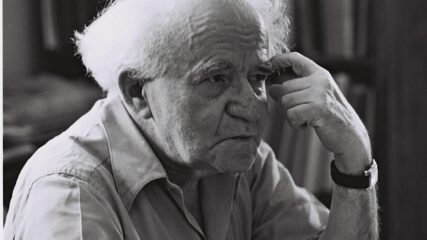
Israel’s first prime minister was a prolific writer. In this excerpt of a 50-page document, he notes that the Jewish nation’s DNA included relentless challenges marked by dispersal, ostracism and hatred by many people. Despite these adversities, Israel’s establishment symbolizes a remarkable victory against all odds — a culmination of the Jewish people’s tenacity and unyielding spirit. The state and Zionism were not remotely close to being finished, nor having succeeded in the quest for the Jewish people’s normalization.

Ben-Gurion elegantly connects modern Israel from messianic redemption to Zionism, building the country through labor and immigration, with dual needs to remain actively linked to the Jewish diaspora and Jewish values through education.
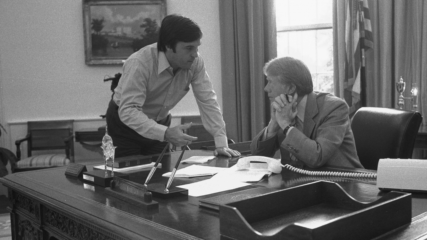
Hamilton Jordan, Carter’s chief political adviser, warned the president to halt the administration’s anti-Israeli actions. Nonetheless, they continued to diminish Carter’s support among American Jews through the 1980 re-election campaign.






















